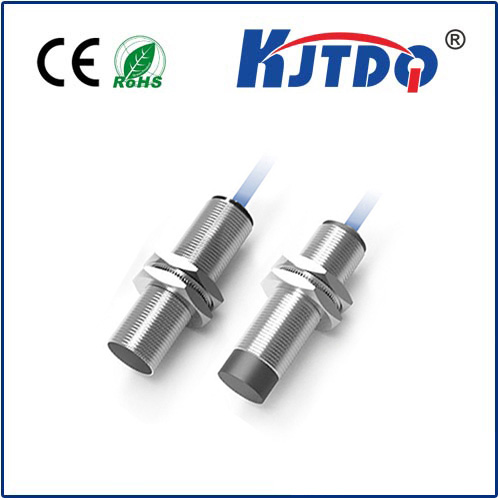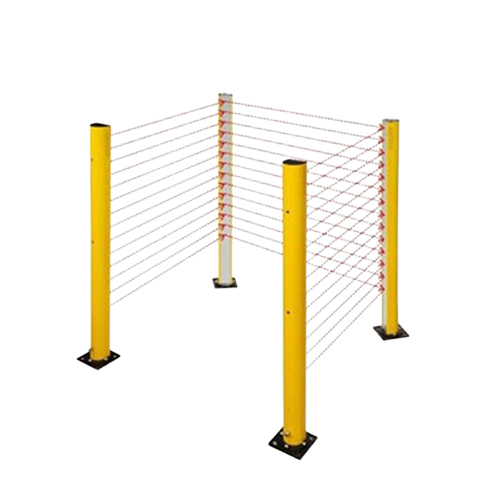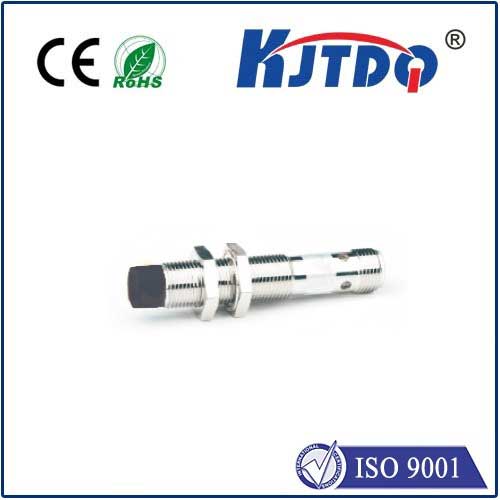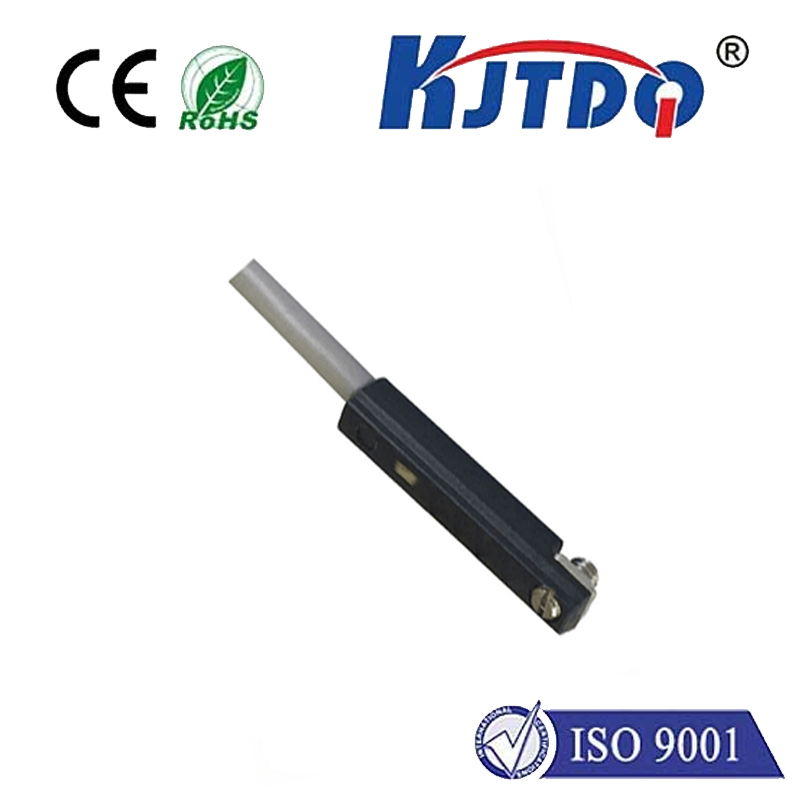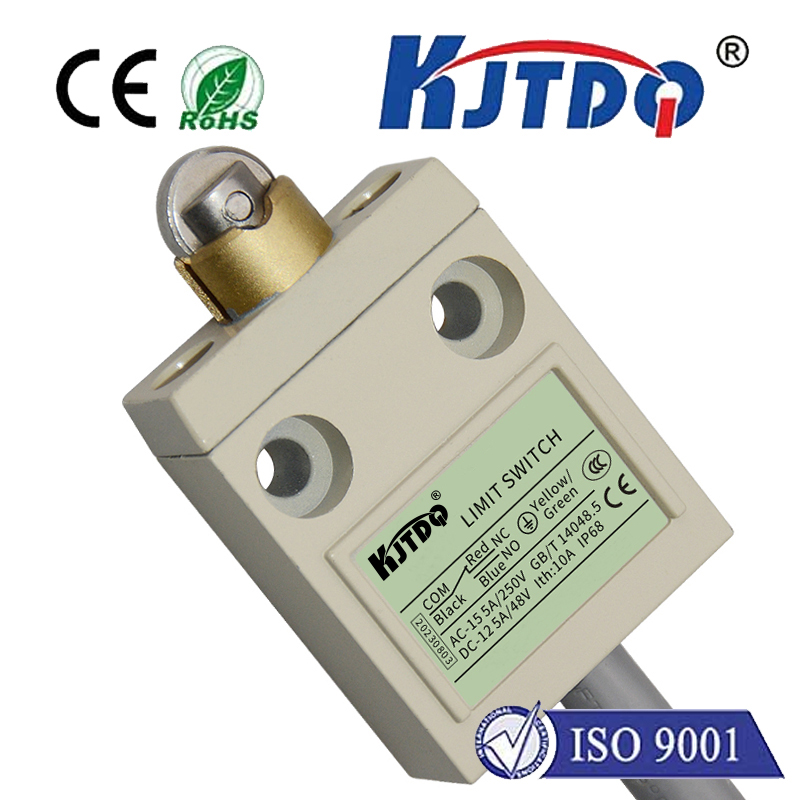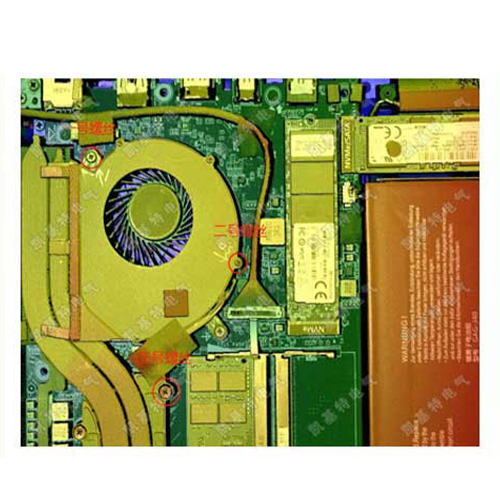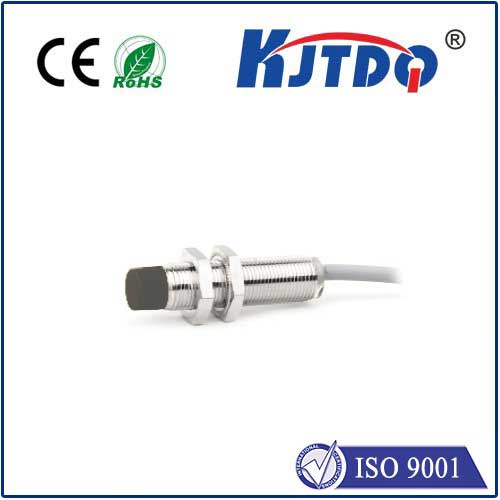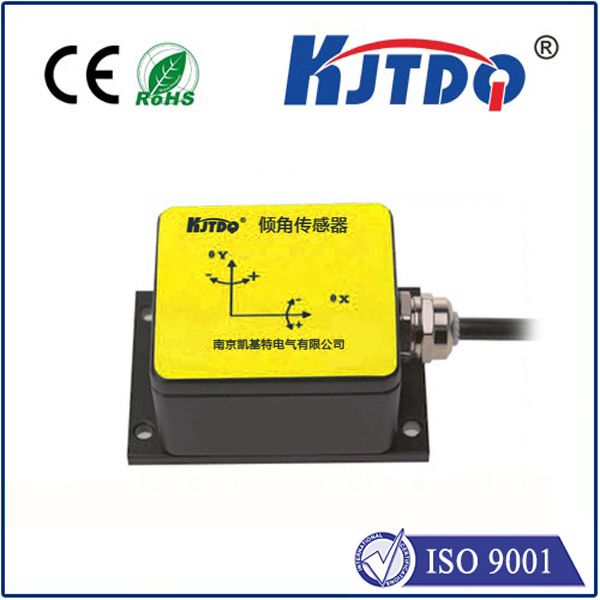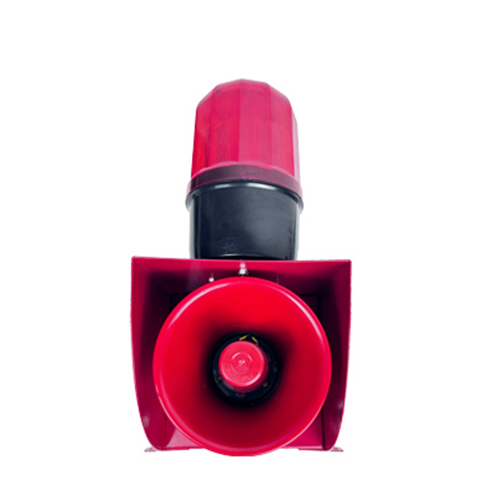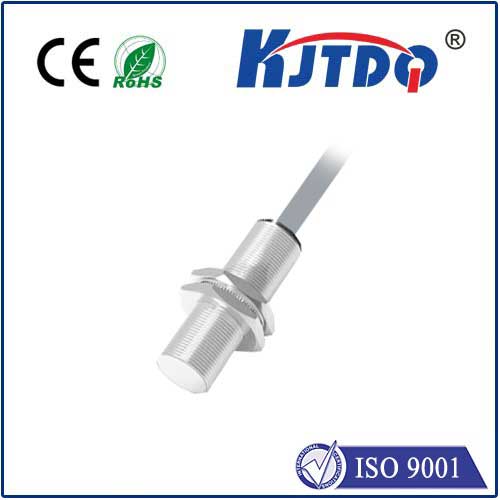

check

check

check

check
Picture this: a robotic arm on a high-speed assembly line flawlessly picking components, a safety gate instantly stopping machinery when approached, or a conveyor belt halting precisely as a package reaches its destination. These feats of modern automation rely on an unseen, silent sentinel: the proximity sensor. And when industrial-grade reliability and precision are non-negotiable, sensors like the BES041C proximity sensor step into the spotlight as fundamental workhorses. This compact device is far more than just a component; it’s an essential enabler of efficiency and safety across countless industrial automation processes.
Understanding the Core: How the BES041C Works
At its heart, the BES041C belongs to the category of inductive proximity sensors. Its operation hinges on a fascinating principle of physics: electromagnetic induction. The sensor contains an internal coil that generates a high-frequency oscillating magnetic field at its active face. When a metal object (specifically, a ferrous metal like iron or steel, though many can detect non-ferrous metals too) enters this electromagnetic field, it disrupts the field’s flow. This disturbance is akin to creating tiny electrical currents (eddy currents) within the metal object itself.
The sensor’s sophisticated electronics constantly monitor the characteristics of this oscillating field. The presence of the metal object causes a measurable change – typically a reduction in the oscillation amplitude. The sensor detects this precise change electronically and translates it into a clear signal: an electrical switch is flipped. This output signal acts as the crucial input that tells a control system like a Programmable Logic Controller (PLC) that a target has been detected. This entire process happens rapidly, contactlessly, and reliably, making the BES041C proximity sensor ideal for demanding industrial environments where physical contact is impractical or wear is a concern.
Engineered for the Industrial Arena: Key Features and Specifications

The BES041C isn’t just any sensor; it’s designed with the rigors of the factory floor in mind. Its robust construction is a primary asset. Typically housed in a rugged nickel-plated brass or stainless-steel body, it offers exceptional resistance to impact, vibration, and the incidental knocks common in manufacturing settings. Furthermore, it boasts a high IP rating (often IP67 or higher), signifying superior protection against dust ingress and water ingress – crucial for operation in dirty, wet, or washdown environments like food processing plants or foundries.
Beyond robustness, performance specifications define its capabilities:
Where Precision Meets Application: The BES041C in Action
The versatility of the BES041C proximity sensor makes it indispensable across a staggering array of industrial applications. Here are just a few critical roles it plays:
Why Choose the BES041C? Key Advantages Summarized
Opting for a sensor like the BES041C proximity sensor offers compelling benefits over alternative detection methods:
Integrating Excellence: Making the BES041C Work For You
Successfully deploying the BES041C proximity sensor involves careful consideration. Selecting the right sensing distance for your application is paramount – ensure the target will reliably enter the sensing field. Choosing the appropriate housing size (M8, M12, M18, M30) depends on space constraints and the required sensing range. Matching the output type (PNP or NPN) to your PLC or controller’s input card specifications is essential. Pay close attention to the mounting requirements; flush or non-flush mounting capabilities affect the usable sensing range and how the sensor integrates into the machinery. Finally, ensure the target material is suitable for inductive sensing (predominantly metals) and consider the operating temperature range relative to the environment.
The Indispensable Enabler
In the intricate dance of modern industry, where milliseconds and microns matter, the BES041C proximity sensor operates as an unsung hero. Its ability to deliver reliable, contactless detection of metal objects in the toughest conditions makes it a cornerstone of industrial sensing solutions. From ensuring precise positioning on high-speed assembly lines to guaranteeing safety interlocks, its robust performance, consistent accuracy, and durability empower smarter, safer, and more efficient automation. When the task demands dependable detection without compromise, the engineering prowess behind sensors like the BES041C proves its worth on the
